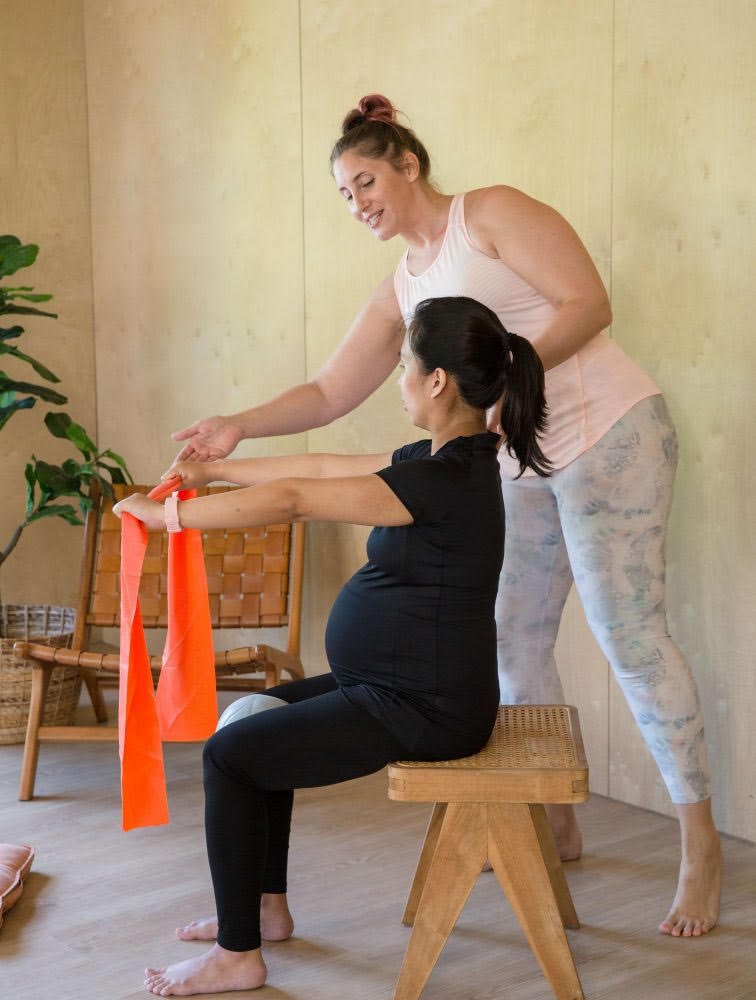Cesarean Recovery with Anna of Move Well: Podcast Episode #214

Kristin Revere chats with Anna Downs of Move Well with Anna about cesarean recovery tips and guidelines. Hello, hello! This is Kristin Revere with Ask the Doulas, and I am so excited to chat with Anna Downs today. Anna is the founder and director of Move Well with Anna. Welcome! Hi! It’s very nice to […]

